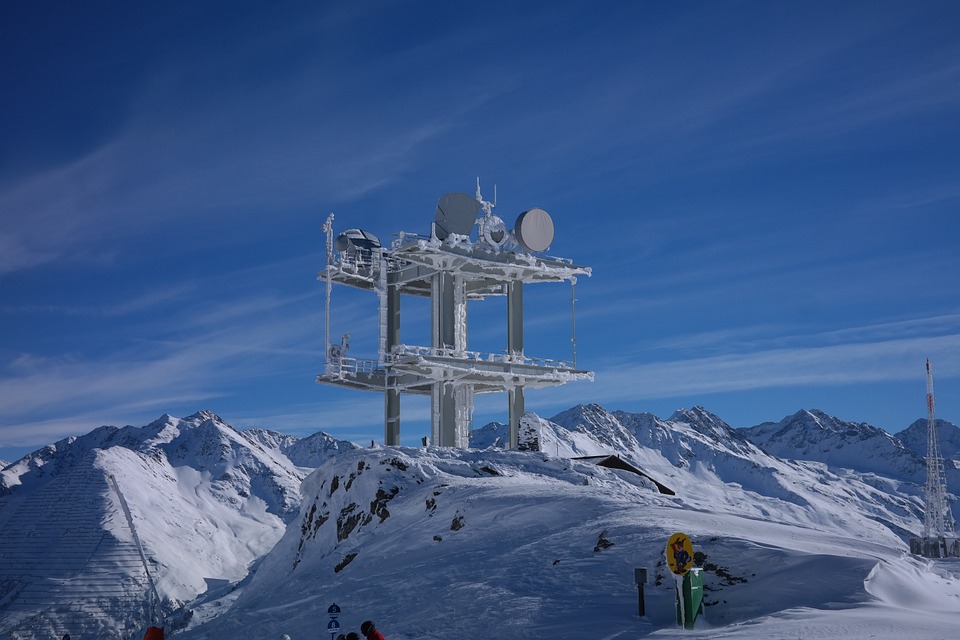Fluttersuckers: Chris Finley at Rena Bransten Gallery
Fluttersuckers presented a series of riddles that played with the ambivalence of words and images as both sensical and non-sensical. The title of the show joined Moths, who flutter, and Ticks, who suck, the titles of two paintings based on photographs of eight members of President Bush’s cabinet, and a photograph of Sam Walton respectively. Chris Finley digitally abstracted the contours of their faces, manipulated the results, and painted the final product: swirling studies of color and line that look remotely like bugs. Were they portraits? Portraying Bush’s cabinet as moths might be an allegory for their hovering over the world like moths before a flame—unable to resist a temptation that threatens to destroys them. And the depiction of Sam Walton as a tick might be another political allegory referring to his exploitation of immigrant workers. However, other untitled drawings, created the same way, were based on images of Dr. Laura, Dean Koontz, and Stephen King, among others; and they involved no specific commentary on them. So were the titles perhaps meaningless—mere fluttersuckers?
Fluttersuckers was also the title of a piece in the show, which featured a school of fantastical, winged fish poised on the verge of gobbling rows of lures built with small wooden balls, silver paint, orange dots, and grey strands of Finley’s hair. At the bottom of the piece dangled lists of numbers cut out of the phone book, which included a puzzle inviting the viewer to “change the first A to a C” in the
phone-listing “YCASAS.”
In another work, titled “LORD Slug,” Finley collaged together enlarged cut-outs from the San Francisco phonebook of names with obscene, absurd, or otherwise potentially embarrassing connotations (including BLOWER B, LOSER John C, YACKER Fawn, and FAR T) – using words to construct an image and further
exploring the confluence of meaning and absurdity.
The works in the show drew upon a broad diversity of techniques, which threatened it internally with incoherence; while, at the same time, intersecting points held the exhibit together a series of puzzles, which complicated the boundaries between representational, abstract, and conceptual art. Between sense and nonsense, the show left me wondering, perhaps exactly in keeping with Finley’s designs: what exactly was he up to?
